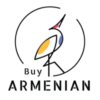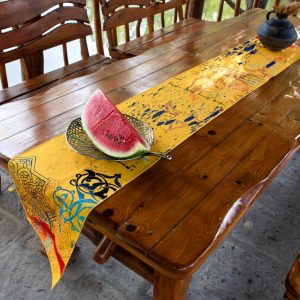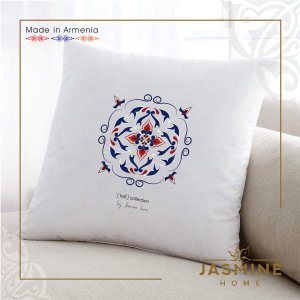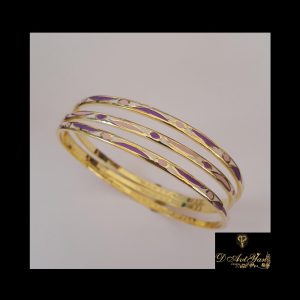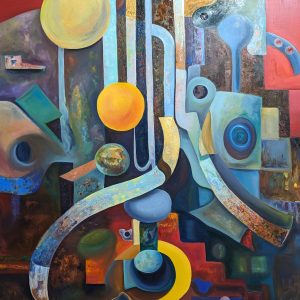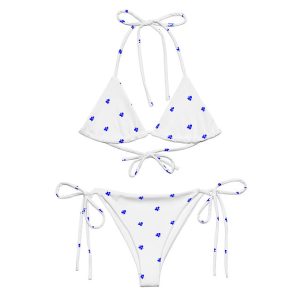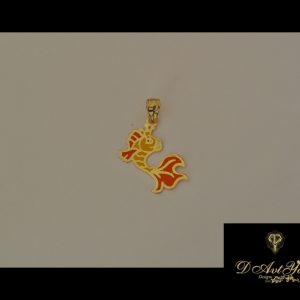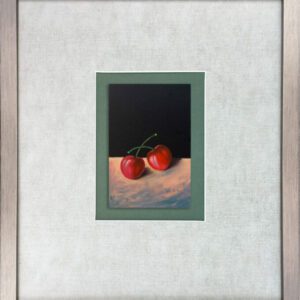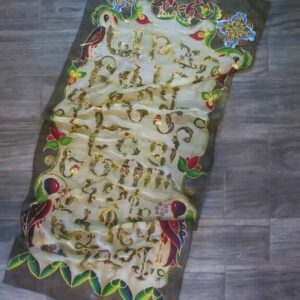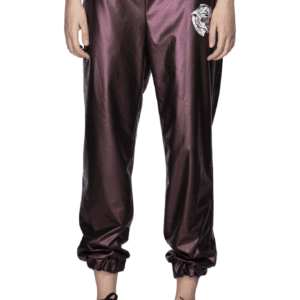-
Yellow Table Cloth
Fabric: Gabardine
Limited edition
Eco-paint, intended specifically for food contact cloths
The cloth does not retain varnish, does not crumple$45.00 – $55.00Yellow Table Cloth
$45.00 – $55.00 -
-
” Թևնոցներ (a3)
Արծաթյա Էմալապատ ոսկեպատ թևնոց:
The price is for 1 bracelet.
$200.00” Թևնոցներ (a3)
$200.00 -
A Symphony of Shapes
An Abstract oil painting on canvas.
Size: 100 / 100 cm$2,500.00A Symphony of Shapes
$2,500.00 -
Leather Accessories Gift Box Set
Leather accessories set
Card holder
Key chain$32.00$40.00Leather Accessories Gift Box Set
$32.00$40.00 -
SARGSSIAN – Recycled Swim Bikini Set
• Recycled• Soft and stretchy material with UPF 50+• Sizes up to 6XL• Bikini top comes with removable padding for comfort• Multiple ways to tie and style the bikini set• Color design options for swimwear liningThis item will be specifically created for you once you’ve placed your order, which may cause a slight delay in delivery. Our commitment to producing products on demand rather than in large quantities aids in reducing overproduction, and we appreciate your mindful purchasing choices!
$59.00 -
Haircare Set
Healthy Shiny Shampoo
Healthy Shiny Conditioner
Hair Serum – Pre-Cleanse Treatment Oil$34.00Haircare Set
$34.00 -
” Արծաթյա էմալապատ ոսկեպատ կախազարդ ոսկե ձկնիկ
Արծաթյա էմալապատ ոսկեպատ կախազարդ
$30.00 -
“Yerevan Love” Scarf
Inspired by the city of Yerevan and the love each and every Armenian feels for the city.
The history of Yerevan dates back to the 8th century BCE, with the founding of the fortress of Erebuni in 782 BCE by King Argishti I at the western extreme of the Ararat plain. Erebuni was “designed as a great administrative and religious centre, a fully royal capital.” By the late ancient Armenian Kingdom, new capital cities were established and Yerevan declined in importance. Under Iranian and Russian rule, it was the center of the Erivan Khanate from 1736 to 1828 and the Erivan Governorate from 1850 to 1917, respectively. After World War I, Yerevan became the capital of the First Republic of Armenia as thousands of survivors of the Armenian genocide in the Ottoman Empire arrived in the area. The city expanded rapidly during the 20th century as Armenia became part of the Soviet Union. In a few decades, Yerevan was transformed from a provincial town within the Russian Empire to Armenia’s principal cultural, artistic, and industrial center, as well as becoming the seat of national government.
With the growth of the Armenian economy, Yerevan has undergone major transformation. Much construction has been done throughout the city since the early 2000s, and retail outlets such as restaurants, shops, and street cafés, which were rare during Soviet times, have multiplied. As of 2011, the population of Yerevan was 1,060,138, just over 35% of Armenia’s total population. According to the official estimate of 2016, the current population of the city is 1,073,700. Yerevan was named the 2012 World Book Capital by UNESCO.[28] Yerevan is an associate member of Eurocities.$110.00 -
-
-
